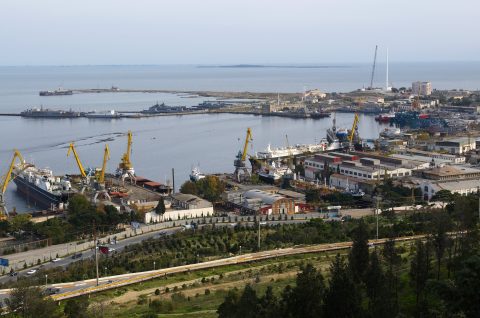Broken cranes in the Altynkol terminal create Silk Road mayhem

Early in the morning of Tuesday, 11 October, two of the three cranes operating in the Altynkol terminal on the Kazakh-Chinese border broke down, making the processing of Silk Road trains impossible. The incident has caused immense congestion on the Altynkol-Khorgos axis, with 33 trains stuck on the border. The same applies to other Chinese border crossings, with trains redirecting and pilling up on the borders.
Do you want to read the full article?
Thank you for visiting RailFreight.com. Become a member of RailFreight Premium and get full access to all our premium content.
Are you already a member?
Having problems logging in? Call +31(0)10 280 1000 or send an email to customerdesk@promedia.nl.




